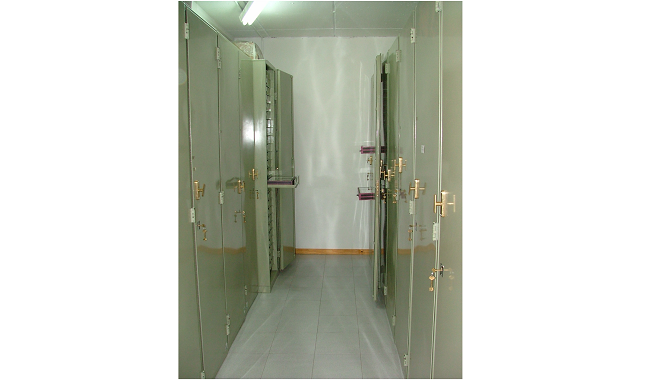IADIZA´s Entomological collection (CEI)

The IADIZA´s Entomological Collection (CEI) was formed in its first stage with part of the Andrés Giai´s collection, a naturalist who collected mainly in Patagonia and Misiones, and contained approximately 10,000 specimens. In 1992, 15,000 specimens were incorporated into the IADIZA, mainly from the province of Mendoza and the Monte region from material collected by Sergio Roig Juñent since 1975. From 1993 and on, periodic collections, preparation and determination of materials were commonplace and in 1997, the Tenebrionidae collection of Mr. Horacio Molinari was incorporated, which consists of curated specimens from all over the world. In 2008 the Armando Crimi collection was incorporated and in 2009, 17,000 specimens of the Mario Gentili collection were incorporated. Furthermore, since 2009 the CEI collection is the depositary of a Lepidoptera collection of more than 50,000 specimens collected by Mario Gentili. Annually the collection grows with different collecting trips that members of the Laboratory carry out to almost all regions of Argentina, Chile and other countries such as Namibia. Unfortunately, there is not enough time to process all the specimens to be integrated into the collection, leaving many stored in alcohol. It has been estimated that 6,000 to 8,000 specimens are incorporated per year.
Currently, the collection includes more than 250,000 mounted specimens. The number of types deposited far exceeds 600 specimens, among which are some 70 primary types. The collection also includes a large amount of arachnid materials and it is also one of the few collections in the country to house a collection of immature stages of insects, which is continually growing. And in recent years, a collection of material preserved in alcohol for molecular studies has been generated.
Although this entomological collection is relatively modest in terms of the number of specimens, it is perhaps the fourth most important in the country, after the Argentine Museum of Natural Sciences, the La Plata Museum and the Miguel Lillo Institute. It should also be noted that it is the most representative collection of insects and arachnids from Monte and Patagonia in Argentina. The always growing number of loans and visits of professionals from other national and foreign institutions are an indication of its importance.
Database of our collection
The collection´s database is also a work in constant progress, in order to build this geographical database the specimens are incorporated following the Darwin Core fields requested by the SNDB (and the GBIF), plus other fields that are of interest to our laboratory. The acquisition of equipment to add the use of barcodes which will facilitate the entry of the large amount of data from insect material that is collected in field trips is being projected for the near future.
